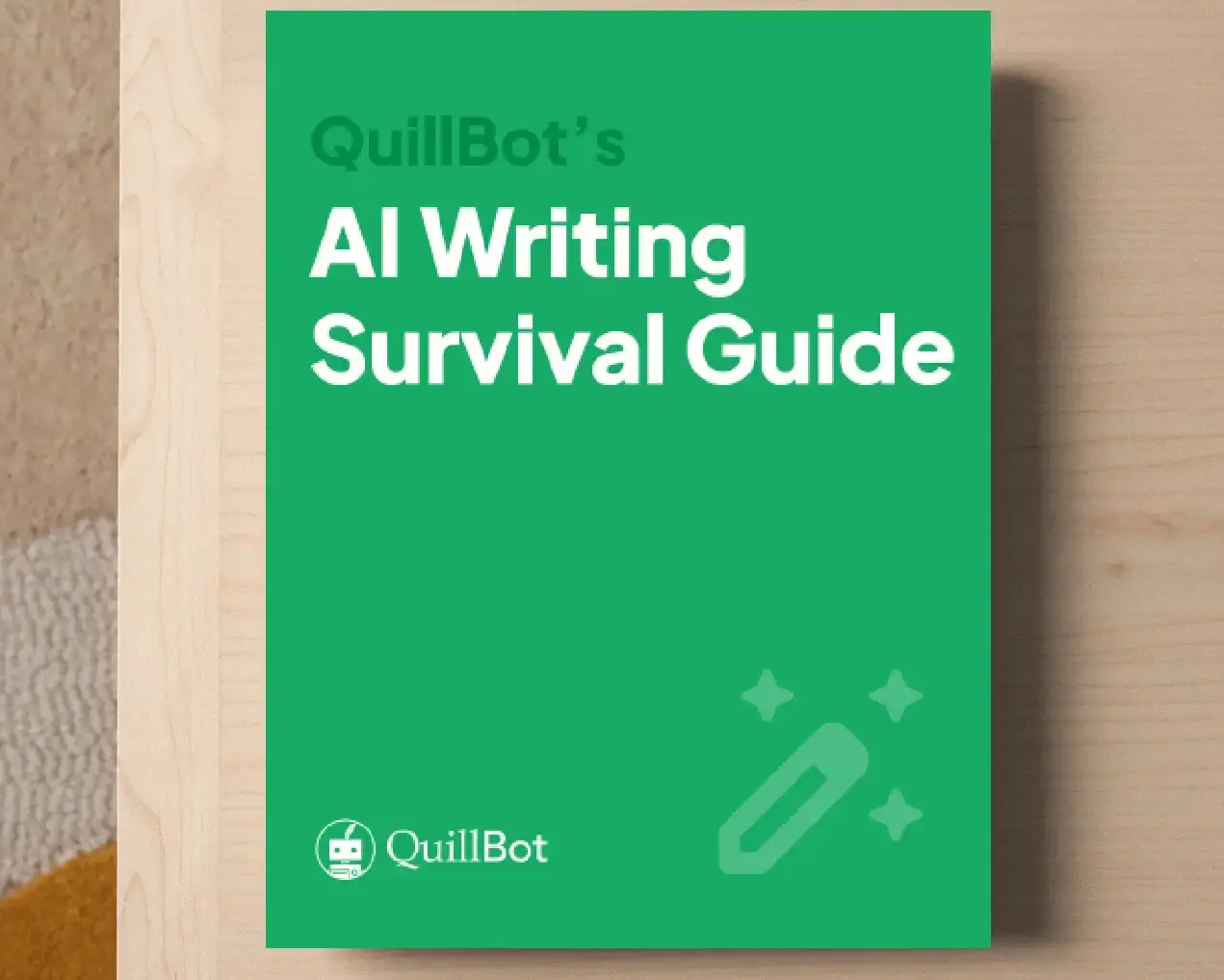What are Speech-to-Text Tools? | Overview & Uses
Speech-to-text tools are programs that can listen to human speech and automatically generate a text transcript. Speech recognition technology is used to capture spoken language in real time and convert it into written words. These tools can capture anything from short sentences to longer conversations, making them ideal for note-taking, dictation, captioning, and more.
Many speech-to-text tools, like QuillBot’s free speech-to-text converter, use AI to create accurate transcripts of your voice. QuillBot’s tool can even handle multiple languages and dialects at once.
Speech-to-text tool uses
There are any number of ways to take advantage of speech-to-text tools. Below are some ideas to get you started.
Hands-free writing
Staring at a blank page can feel daunting, but speech-to-text tools are a great way to get started. If you prefer to talk through your ideas or find typing difficult, dictation can help capture your thoughts more naturally. In many cases, it’s even faster than typing.
Idea genwriting-draftseration
Sometimes we have our best ideas when it’s not possible to write them down. If you find you think best when you’re out for a walk or taking a shower, use speech-to-text tools to capture any inspiration that strikes you.
Transcribing meetings or interviews
Taking notes during a meeting or important interview can be distracting. Speech-to-text tools provide you with a complete record of what was said to revisit later. Just be sure to let others know you’re transcribing your meeting.
Captioning
If you’re creating a video or podcast and want to generate a transcript, speech-to-text tools are an efficient way to generate captions. Many will even provide timestamps to align your speech to the proper frame.
How to use speech-to-text tools
Tools like QuillBot’s free speech-to-text converter are very user-friendly; you can start transcribing with just the click of a button. Press “Start Recording” to begin. When you press “Stop Recording,” a transcript of what you’ve said will appear. Below is an example of what the tool can capture.
Speech to text converter output
Note that if you press “Start Recording” again, the previous transcription will be overwritten.
Frequently asked questions about speech-to-text tools
- How do speech-to-text tools work?
-
Though the specifics vary across different speech-to-text tools, they all follow the same general process:
- The sound waves generated from a voice are recorded using a microphone and converted into digital signals a computer can understand.
- These digital signals are processed to remove any unwanted noise and matched with phonemes (units of sound in language).
- These phonemes are analyzed and combined, often using artificial intelligence, to build corresponding words and sentences.
- These words and sentences are then stored as text.
If you’d like to see this process in action, try QuillBot’s free speech-to-text converter.
- Are there free speech-to-text tools?
-
If you’re interested in trying out speech-to-text tools but don’t feel like paying a hefty subscription fee, there are many free tools out there for you to try! QuillBot’s free speech-to-text converter will easily transform spoken words into written text in real time.
Cite this Quillbot article
We encourage the use of reliable sources in all types of writing. You can copy and paste the citation or click the "Cite this article" button to automatically add it to our free Citation Generator.
QuillBot. (2025, September 30). What are Speech-to-Text Tools? | Overview & Uses. Quillbot. Retrieved November 17, 2025, from https://quillbot.com/blog/quillbot-tools/speech-to-text-overview/


